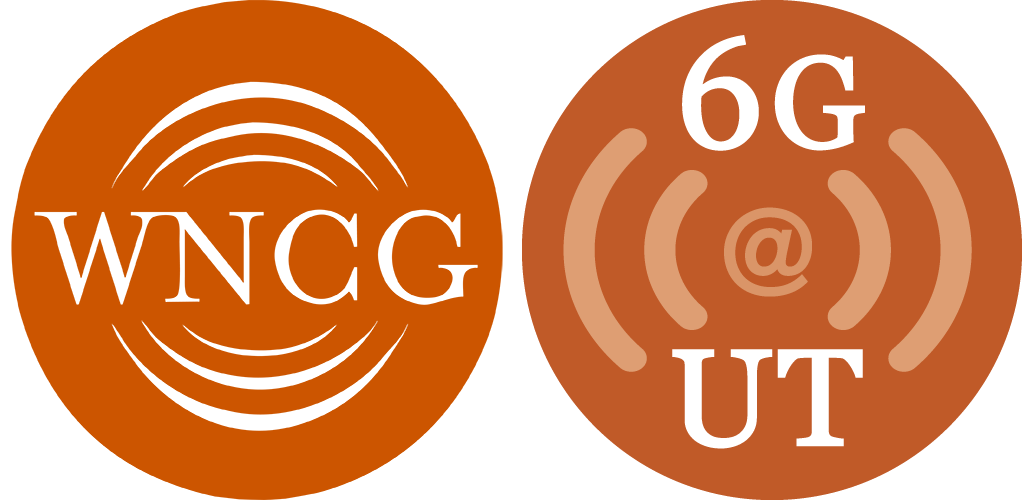by Aditya Chopra The demand for mobile Internet data is on track to increase by 1000x over this decade. The most significant gain in communication capacity will continue to come through increased frequency reuse. Increased frequency reuse will primarily be realized by using smaller picocells and femtocells, which will lead to increased interference on the antennas deployed on these small-cell basestations and mobile receivers. We have developed a unified framework for modeling multi-antenna interference in various network topologies. This framework is based on statistical-physical mechanisms of interference generation and propagation. The contributions of our work include modeling multidimensional interference statistics as a continuum between spherically isotropic and statistically independent, inclusive; analyzing communication performance of multi-antenna receivers in interference-limited wireless networks; and developing receiver algorithms to mitigate the impact of interference on communication performance. The proposed receiver algorithms include multi-antenna combining strategies, as well as antenna selection algorithms for cooperative communications. More details are available in the following PhD dissertation: Aditya Chopra Modeling and Mitigation of Interference in Wireless Receivers with Multiple Antennae, Dept. of Electrical and Computer Engineering, The University of Texas at Austin, Austin, TX 78712, Dec. 2011. Advisor: Prof. Brian L. Evans. Web: Dr. Chopra is now at CBF Networks in San Jose, California, to research and develop wireless cellular backhaul systems. He can be reached at adityachopra@gmail.com. Prof. Evans can be reached at bevans@ece.utexas.edu.

